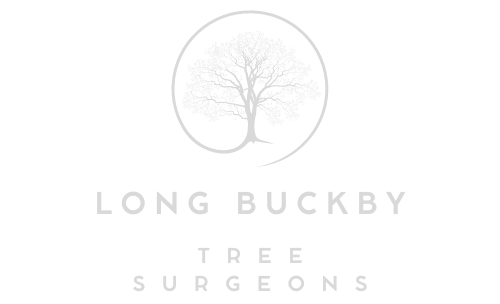Navigating Tree Felling Regulations: Understanding Legal Requirements and Permits
In arboriculture, tree felling is regulated by many legal requirements and permits. From protecting endangered species to preserving heritage trees, these regulations play a crucial role in safeguarding our natural landscapes and ensuring responsible stewardship of our trees. For arborists and property owners alike, understanding and navigating these regulations is essential for conducting tree-felling operations in compliance with the law. Join us as we delve into the world of tree-felling regulations, exploring the legal requirements and permits necessary to navigate this complex landscape.
Understanding Tree Felling Regulations:
Tree-felling regulations vary widely depending on location, species, land use designation, and environmental sensitivity. In many jurisdictions, local, state/provincial, and national laws govern tree-felling activities, each with its requirements and permitting processes. These regulations aim to balance removing trees with preserving biodiversity, ecosystem health, and public safety.
Common Legal Requirements for Tree Felling:
While specific regulations may differ from one jurisdiction to another, several common legal requirements typically apply to tree-felling operations:
- Protected Species and Habitats: Many jurisdictions have laws protecting endangered or threatened plant and animal species and designated habitats such as wetlands and riparian zones. Before felling trees, arborists and property owners must ensure compliance with regulations protecting these sensitive areas and species.
- Heritage Trees and Landmarks: Trees with historical, cultural, or aesthetic significance may be protected by heritage tree ordinances or landmark preservation laws. These regulations may require special permits or approvals to remove or alter designated heritage trees.
- Urban Forestry and Zoning Regulations: In urban and suburban areas, zoning regulations and urban forestry ordinances may govern tree felling activities to preserve green space, maintain canopy cover, and mitigate the urban heat island effect. These regulations may include requirements for tree replacement, mitigation measures, and permits for tree removal.
- Public Safety and Nuisance Abatement: Trees posing a risk to public safety or causing a nuisance may be subject to removal under local ordinances or public health and safety laws. Property owners may be required to obtain permits or approvals from municipal authorities before felling trees.
Navigating the Permitting Process:
Navigating the permitting process for tree felling can be complex, requiring careful research, documentation, and communication with regulatory agencies. Depending on the jurisdiction and the nature of the tree felling project, permits may be required from multiple agencies, including local planning departments, environmental agencies, and forestry authorities. Permit applications may require detailed information such as tree species, size, location, health, the reason for removal, and plans for tree replacement or mitigation.
Partnering with Professionals:
Given the complexity of tree felling regulations, property owners are often best served by partnering with professional arborists with experience navigating the permitting process. Arborists can provide expert guidance on compliance with regulations, assist with permit applications, and ensure that legal requirements and best practices conduct tree-felling operations.
Conclusion: Tree-felling regulations are critical in protecting natural resources, preserving biodiversity, and ensuring responsible land management practices. By understanding and complying with legal requirements and permits, arborists and property owners can conduct tree-felling operations that respect environmental sensitivities, preserve heritage trees, and promote the health and vitality of our urban and rural landscapes.
Call us on: 01327 225 193
Click here to find out more about Long Buckby Tree Surgeons
Click here to complete our contact form and see how we can help with your tree’s need.

